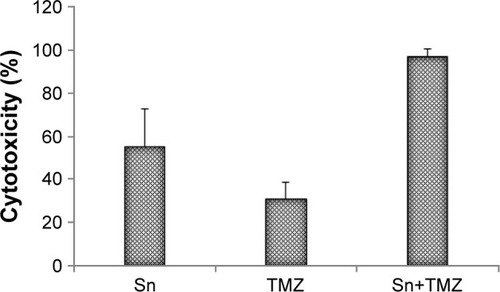Figures & data
Figure 1 Percentage increase (mean ± standard deviation) in cytotoxicity of the crude water extracts of Hd, Sb, Lc, and Sn (extraction condition: 1 g herb in 100 mL water) and their respective serial dilutions (2-, 4-, 8-, and 16-fold) against human malignant melanoma cell line A-375.
Abbreviations: Hd, Hedyotis diffusa; Sb, Scutellaria barbata; Lc, Lobelia chinensis; Sn, Solanum nigrum.
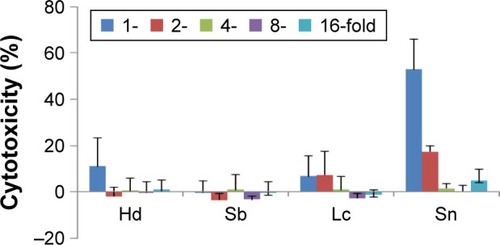
Figure 2 HPLC-MS/MS analysis of the crude water extracts of Hedyotis diffusa, Scutellaria barbata, Lobelia chinensis, and Solanum nigrum (extraction condition: 1 g herb in 100 mL water) in positive ionization mode.
Abbreviations: HPLC-MS/MS, high performance liquid chromatography-tandem mass spectroscopy; cps, counts per second.
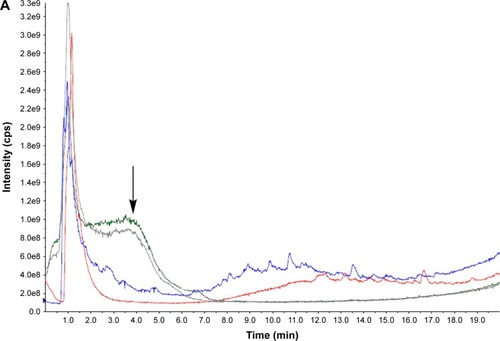
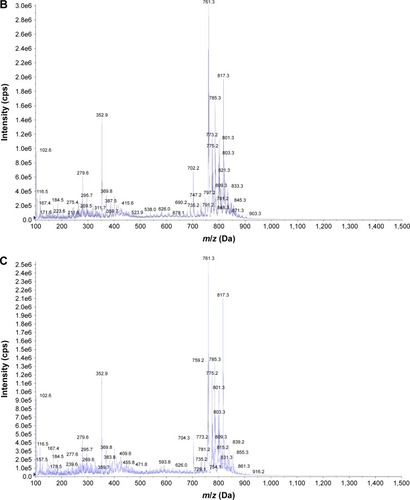
Figure 3 HPLC-MS/MS analysis of the crude water extracts of Hedyotis diffusa, Scutellaria barbata, Lobelia chinensis, and Solanum nigrum (extraction condition: 1 g herb in 100 mL water) in negative ionization mode.
Abbreviations: HPLC-MS/MS, high performance liquid chromatography-tandem mass spectroscopy; TIC, total ion current; cps, counts per second.
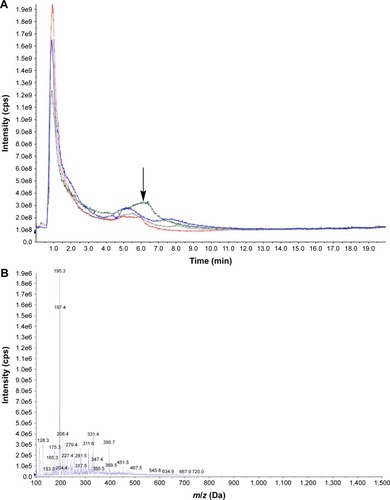
Figure 4 Effects of the crude water extract of Solanum nigrum and its serial dilutions (2-, 4-, 8-, and 16-fold) on intracellular ROS generation (mean ± standard deviation) in human malignant melanoma A-375 cells.
Abbreviation: ROS, reactive oxygen species.
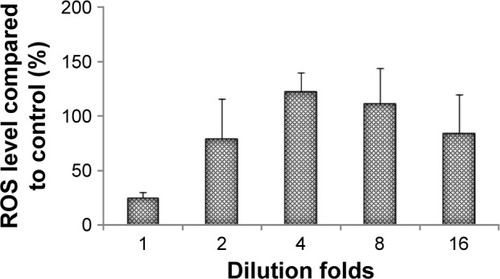
Figure 5 Percentage increase (mean ± standard deviation) in cytotoxicity of the crude water extract of Sn (1 g herb in 100 mL water), TMZ (200 μM), and their combination (Sn+TMZ) against human malignant melanoma cell line A-375.
Abbreviations: DMSO, dimethyl sulfoxide; Sn, S. nigrum; TMZ, temozolomide.
